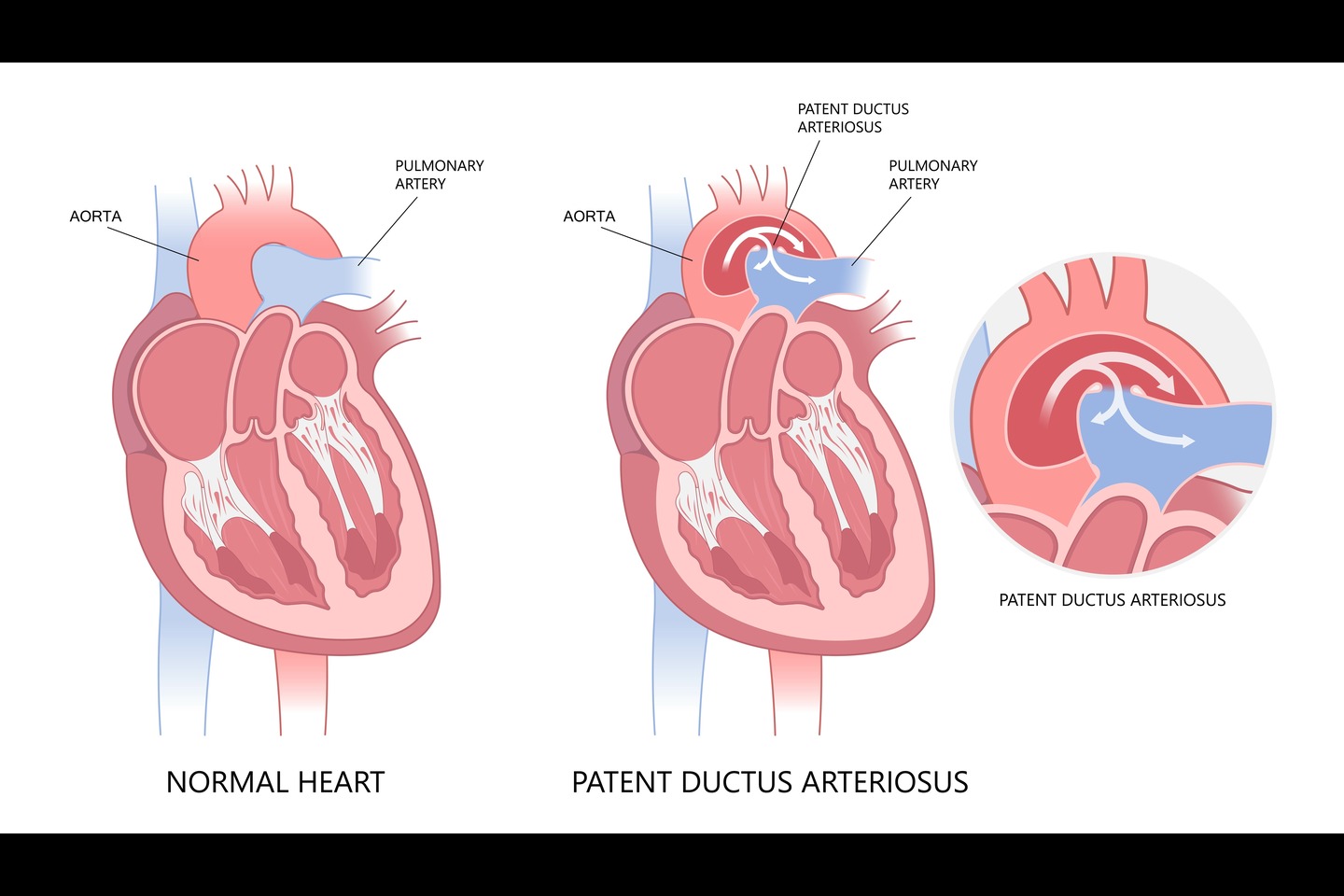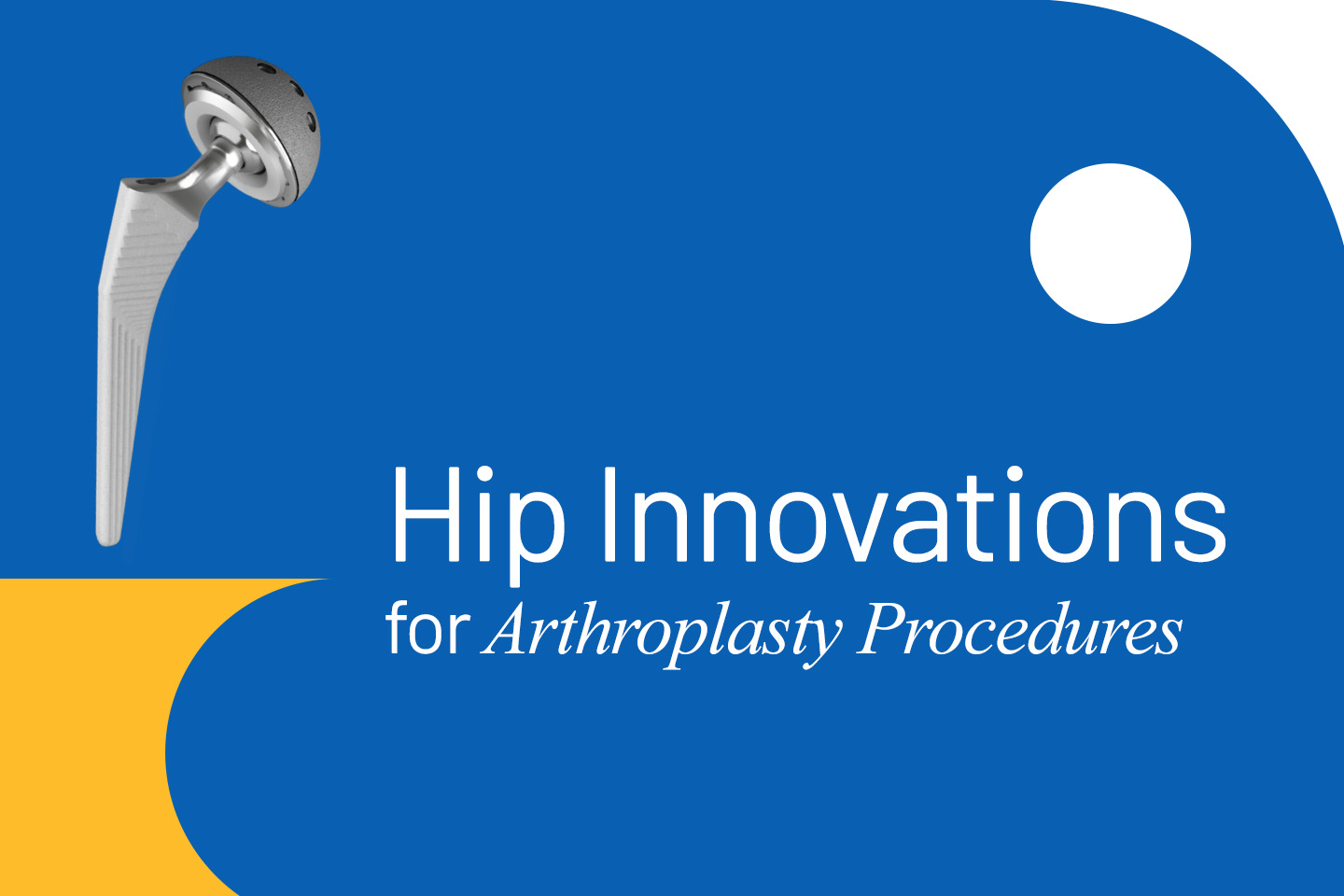Medical Devices
A Guide to Understanding Patent Ductus Arteriosus

Patent Ductus Arteriosus (PDA) is a condition that affects many newborns, often leading to unexpected challenges for families. Understanding PDA is crucial for anyone who might be dealing with this condition. This in-depth guide will walk you through everything you need to know about PDA, from its causes and symptoms to diagnosis and treatment options. Whether you're a concerned parent or just curious about congenital heart diseases, you're in the right place.
What is Patent Ductus Arteriosus?
Patent Ductus Arteriosus (PDA) is a congenital heart defect that occurs when the ductus arteriosus, a vital blood vessel in fetal circulation, fails to close after birth.
The ductus arteriosus plays a crucial role during fetal development by connecting the pulmonary artery to the aorta, allowing blood to bypass the lungs, which are not yet in use. This connection is essential for fetal circulation, as the baby receives oxygen through the placenta.
Normally, after birth, the ductus arteriosus closes within the first few days as the newborn's lungs take over the oxygen supply. However, in cases of PDA, this closure does not occur, leading to abnormal blood flow between the aorta and pulmonary artery. This can result in various complications if left untreated.
Causes and Risk Factors of Patent Ductus Arteriosus
The exact cause of PDA often remains unknown, but several factors can contribute to its occurrence.
Genetic and environmental factors may play a role in the development of PDA. While some cases are idiopathic, meaning the cause is not identified, there are known risk factors that can increase the likelihood of a child being born with PDA.
Risk factors for PDA include:
- Premature birth: Infants born before 37 weeks of gestation are at a higher risk of developing PDA because their ductus arteriosus may not have had enough time to close properly.
- Family history: A family history of heart defects can increase the risk of PDA.
- Maternal rubella infection: Rubella infection in the mother during pregnancy can affect fetal heart development and lead to PDA.
- Gender: PDA is more common in females than in males.
Symptoms of PDA
The symptoms of PDA can vary depending on the size of the ductus arteriosus and the amount of blood flow.
Small PDA: In cases where the PDA is small, there may be no noticeable symptoms, or symptoms may be mild.
Large PDA: Larger PDAs can lead to more significant symptoms and complications. Common symptoms of PDA include:
- Fast breathing or shortness of breath: This occurs due to the extra blood flow to the lungs.
- Poor feeding and growth in infants: Infants with PDA may struggle with feeding and gaining weight.
- Sweating while feeding: This is a common sign in babies with PDA.
- Fatigue and easily tiring during physical activity: Older children and adults with untreated PDA may tire easily.
- Heart murmur: A heart murmur is often the first sign of PDA, detected during a routine check-up.
- Frequent respiratory infections: Increased blood flow to the lungs can lead to recurrent respiratory infections.
Diagnosis of PDA
Diagnosing PDA involves several steps and medical tests to confirm the condition and assess its severity.
Physical examination: During a routine check-up, a healthcare provider may detect a heart murmur, which can be a sign of PDA.
Echocardiogram: This ultrasound of the heart allows doctors to visualize the ductus arteriosus and assess blood flow, providing a definitive diagnosis.
Chest X-ray: This imaging test checks for signs of heart enlargement or fluid in the lungs, which can be indicative of PDA.
Electrocardiogram (ECG): An ECG evaluates the heart's electrical activity and can detect any abnormalities associated with PDA.
Cardiac MRI or CT scan: In complex cases, detailed imaging with cardiac MRI or CT scans may be required for a thorough evaluation.
Treatment Options for PDA
Treatment options for PDA depend on the size of the ductus arteriosus, the severity of symptoms, and the overall health of the patient.
Watchful Waiting: In some cases, especially if the PDA is small and asymptomatic, doctors may recommend monitoring the condition to see if it closes on its own over time.
Medications: While specific names won't be mentioned, certain medications can help close the ductus arteriosus in premature infants.
Catheter-Based Procedures: Minimally invasive catheter-based procedures involve inserting a device through a catheter to close the PDA. This method is often preferred due to its lower risk and quicker recovery time.
Surgical Intervention: For larger PDAs or when catheter-based procedures are not feasible, surgical intervention may be necessary to close the ductus arteriosus.
Potential Complications of Patent Ductus Arteriosus
If PDA is left untreated, it can lead to several serious complications:
Heart failure: The increased workload on the heart due to abnormal blood flow can lead to heart failure over time.
Pulmonary hypertension: Increased blood flow to the lungs can cause pulmonary hypertension, a condition characterized by high blood pressure in the arteries of the lungs.
Increased risk of infective endocarditis: PDA increases the risk of infective endocarditis, an infection of the heart lining and valves.
Timely diagnosis and treatment of PDA are crucial to prevent these complications and ensure better health outcomes.
Floret PDA by Meril
The Floret PDA Occluder by Meril is a percutaneous, transcatheter device designed for the closure of patent ductus arteriosus (PDA). Structured from a braided nitinol wire mesh shaped into a cylindrical plug, it includes three polyester fabric inserts to help in closing the duct and facilitating tissue growth over the occluder. It is available in various sizes to cater to different patient requirements.
Conclusion
While the Patent Ductus Arteriosus condition can be concerning, advancements in medical diagnosis and treatment offer promising outcomes. If you or a loved one is experiencing symptoms or have concerns about PDA, consult with a healthcare provider for a thorough evaluation and appropriate care.
Reference Links:
https://www.mayoclinic.org/diseases-conditions/patent-ductus-arteriosus/symptoms-causes/syc-20376145
https://my.clevelandclinic.org/health/diseases/17325-patent-ductus-arteriosus-pda
https://www.hopkinsmedicine.org/health/conditions-and-diseases/patent-ductus-arteriosus-pda
https://kidshealth.org/en/parents/patent-ductus-arteriosus.html#:~:text=Patent%20ductus%20arteriosus%20(PDA)%20is,to%20flow%20to%20the%20lungs.
https://www.heart.org/en/health-topics/congenital-heart-defects/about-congenital-heart-defects/patent-ductus-arteriosus-pda
https://emedicine.medscape.com/article/891096-overview?form=fpf
https://medlineplus.gov/ency/article/001560.htm
https://www.stanfordchildrens.org/en/topic/default?id=patent-ductus-arteriosus-pda-90-P01811
https://www.msdmanuals.com/en-in/professional/pediatrics/congenital-cardiovascular-anomalies/patent-ductus-arteriosus-pda
https://www.ahajournals.org/doi/full/10.1161/circulationaha.105.592063
https://www.childrenshospital.org/conditions/patent-ductus-arteriosus





